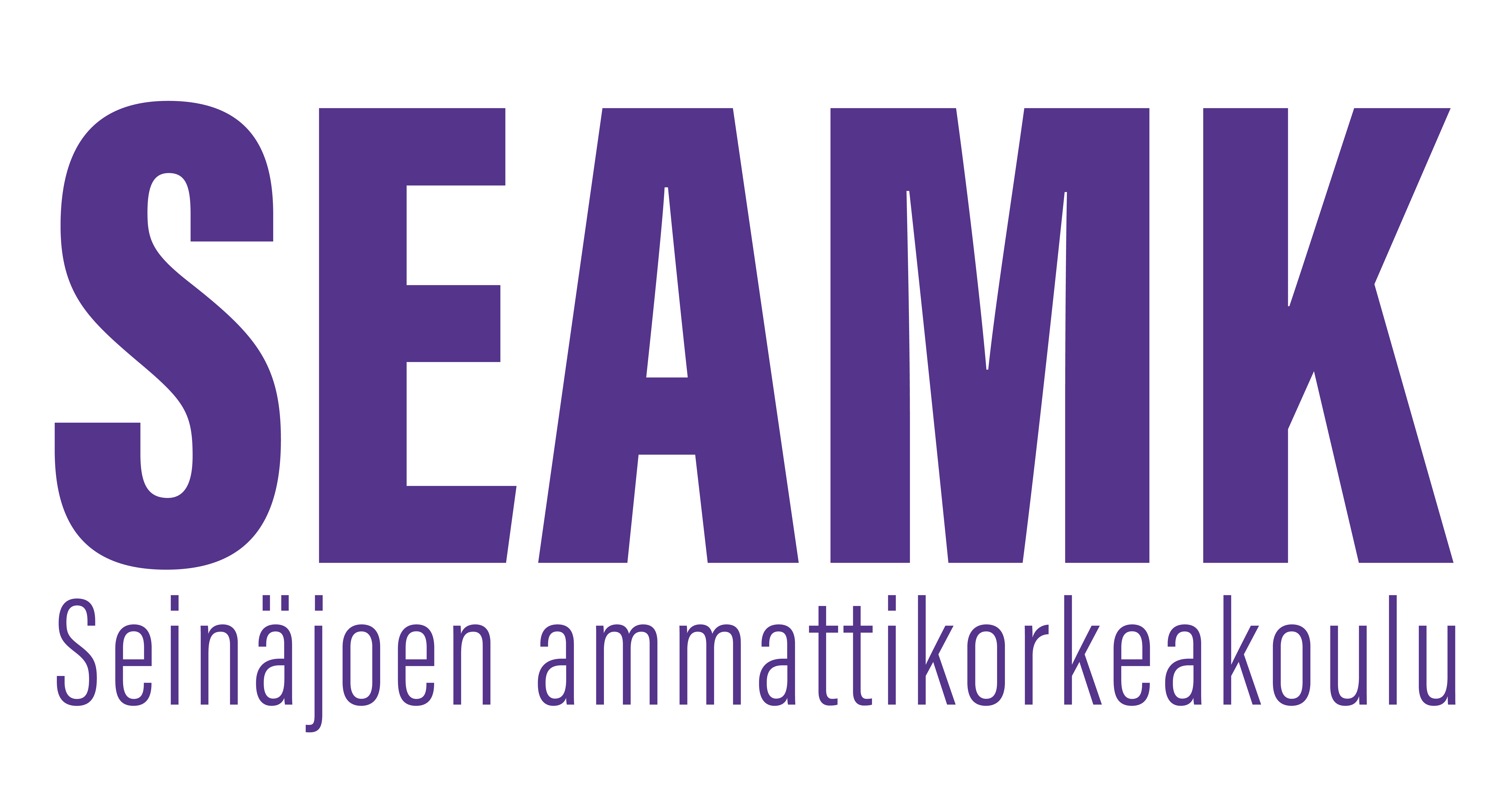Mikrobiologia ja patologia (1op)
Opintojakson tunnus: SH00DO01
Opintojakson perustiedot
- Laajuus
- 1 op
- Opetuskieli
- suomi
Osaamistavoitteet
Opiskelija
- osaa tunnistaa tautiopin keskeiset käsitteet sekä nimetä tautien syitä
- osaa muodostaa käsityksen tavallisimpien sairauksien diagnostiikasta, syistä, ilmenemisestä, ehkäisystä ja hoidosta sekä lääketieteellisestä tautien luokittelusta
- osaa kuvata infektiotautien syntymekanismin ja kehon puolustusjärjestelmän ehkäisykeinot perehtymällä mikrobeihin, ihmisen normaaliin mikrobistoon, infektiotautien tartuntatapoihin ja infektiotauteja aiheuttaviin mikrobeihin.
Sisältö
Tautiopin keskeiset käsitteet sekä tautien syyt
Yleisimpien sairauksien diagnostiikka, syyt, ilmeneminen, ehkäisy ja hoito
Lääketieteellisten tautien luokittelu
Perustiedot mikrobeista
Ihmisen normaali mikrobisto
Tartuntatavat ja tartuntataudin syntyyn vaikuttavat tekijät
Ihmisen tavallisimpien mikrobien aiheuttamat infektiotaudit
Elimistön puolustusjärjestelmä
Arviointikriteerit, tyydyttävä (1)
Opiskelija
-tunnistaa tautiopin keskeiset käsitteet sekä osaa nimetä tautien syitä
-opiskelijalla on käsitys tavallisimpien diagnostiikasta, syistä, ilmenemisestä, ehkäisystä ja hoidosta
-tietää infektiotautien syntymekanismin ja kehon puolustusjärjestelmän perehdyttyään mikrobeihin, ihmisen normaaliin mikrobistoon, infektiotautien tartuntatapoihin ja infektiotauteja aiheuttaviin mikrobeihin
Arviointikriteerit, hyvä (3)
Opiskelija
-käyttää tautiopin keskeisiä käsitteitä sekä kuvaa tautien syitä
-osaa kuvata tavallisimpien tautien diagnostiikan, syyt, vaikutuksista ilmenemisen, ehkäisyn ja hoidon
-tunnistaa tautein luokittelujärjestelmän
-osaa kuvata infektiotautien syntymekanismin ja kehon puolustusjärjestelmän ja perehdyttyään mikrobeihin, ihmisen normaaliin mikrobistoon, infektiotautien tartuntatapoihin ja infektiotauteja aiheuttaviin mikrobeihin
Arviointikriteerit, kiitettävä (5)
Opiskelija
-selittää tautiopin keskeisiä käsitteitä sekä analysoi tautien syitä
-ymmärtää tavallisimpien syyt, ilmenemisen, ehkäisyn, diagnostiikan ja hoidon
-ymmärtää tautien luokittelujärjestelmän
-osaa kuvata perustellen infektiotautien syntymekanismin ja syyt sekä kehon puolustusjärjestelmän perehdyttyään monipuolisesti mikrobeihin, ihmisen normaaliin mikrobistoon, infektiotautien tartuntatapoihin ja infektiotauteja aiheuttaviin mikrobeihin
